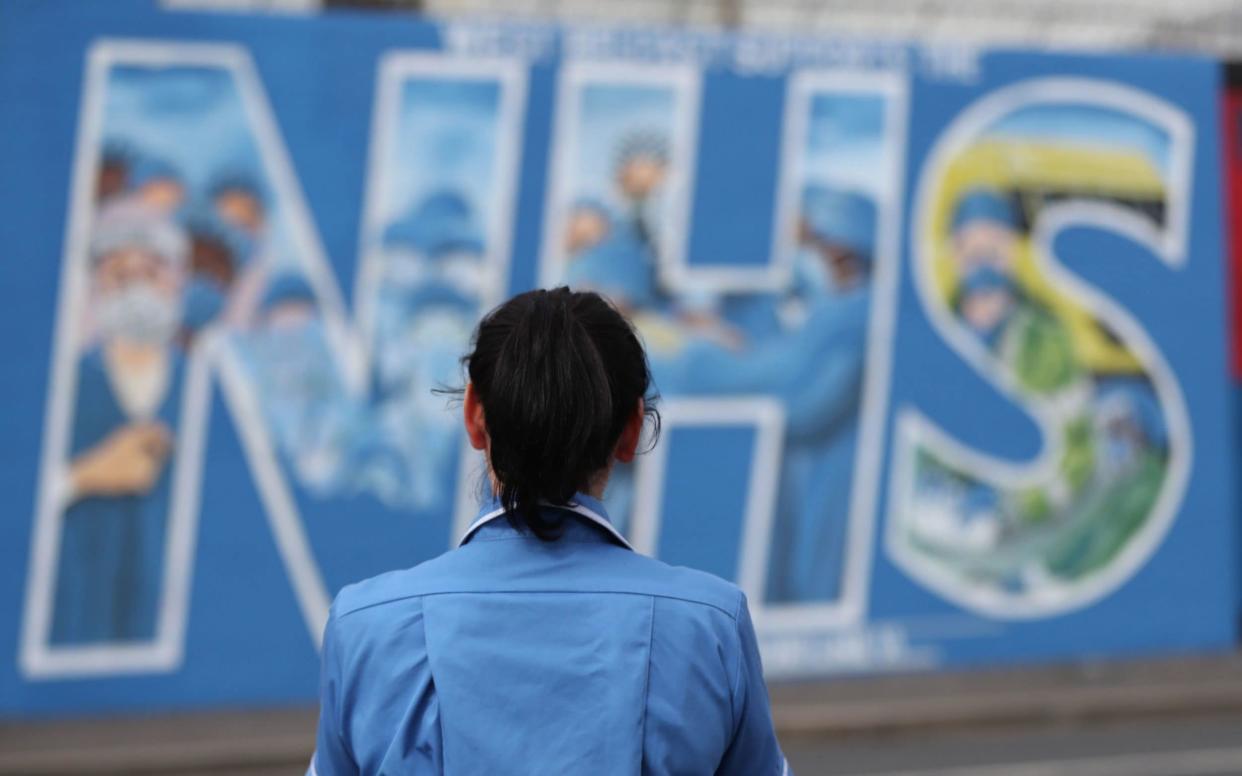One in 10 patients face at least year’s wait for hospital care


Nearly one in 10 patients in need of hospital care face a wait of more than a year, according to figures that reveal the toll of Covid on the NHS.
At least 387,885 people had been waiting for more than 52 weeks in February, a 240-fold rise on the year before when the number was 1,613, data shows.
Health experts said it would take the NHS years to return to normal levels of service, adding that the backlog could get worse, even as pressure from the virus eases, as patients with long-term illnesses who have coped at home for the past year begin to return to hospital. In February, 4.7 million people were waiting to start treatment, the highest number since records began in 2007.
NHS chiefs on Thursday sought to paint a more positive picture, pointing out that two million operations and procedures had taken place during the winter Covid wave, and that A&E and ambulance waiting times were improving.
Despite the long waiting lists, the number of people admitted for routine hospital treatment was down by 47 per cent in February compared with a year earlier, illustrating the ongoing effect of the pandemic on services.
The figures also show 174,624 urgent cancer referrals were made by GPs in February, compared with 190,369 a year before – a year-on-year drop of eight per cent. This follows a year-on-year fall of 11 per cent in January, but an increase of seven per cent in December 2020.
Urgent referrals where breast cancer symptoms were present – though not initially suspected – were down from 13,627 in February 2020 to 12,199 in February 2021, a fall of 10 per cent.
Sarah Scobie, director of research at the Nuffield Trust think tank, said: “With waiting lists now at the highest number since records began, it is clear that the NHS has been set back years as it faces a battle to clear these major backlogs of postponed care. Returning to the levels of activity seen before March last year will not be enough to meet demand, and we will continue to live with coronavirus for years to come.”
The data show that almost 330,000 patients had been waiting more than six weeks for a key diagnostic test in February. A total of 327,663 patients were waiting for one of 15 standard tests, including an MRI scan, non-obstetric ultrasound or gastroscopy, NHS England said. Emergency admissions to A&E departments also rose last month, to 503,913 from 427,968 in March 2020.
The Society of Acute Medicine said that pressure on the NHS was “high and growing”, despite the fall in Covid cases.
Dr Nick Scriven, a former president, said: “People with chronic illness, such as heart failure, have struggled on throughout the pandemic with community care but… now need hospital inpatient care. It is imperative to rebuild face-to-face teams in the community as a matter of urgency, as these are invaluable for patients with chronic diseases.”
Professor Stephen Powis, NHS England’s national medical director, said: “Treating 400,000 patients with Covid-19 over the course of the last year has inevitably had an impact on the NHS, but it is a testament to the hard work and dedication of staff that they managed to deliver almost a million ops and procedures in the face of the winter wave and improve waiting times for them, along with A&E and ambulance services.”
NHS England also said February saw 22,000 people begin treatment for cancer, in line with February 2020, while the 174,000 people referred for checks was twice as many as in April last year.

